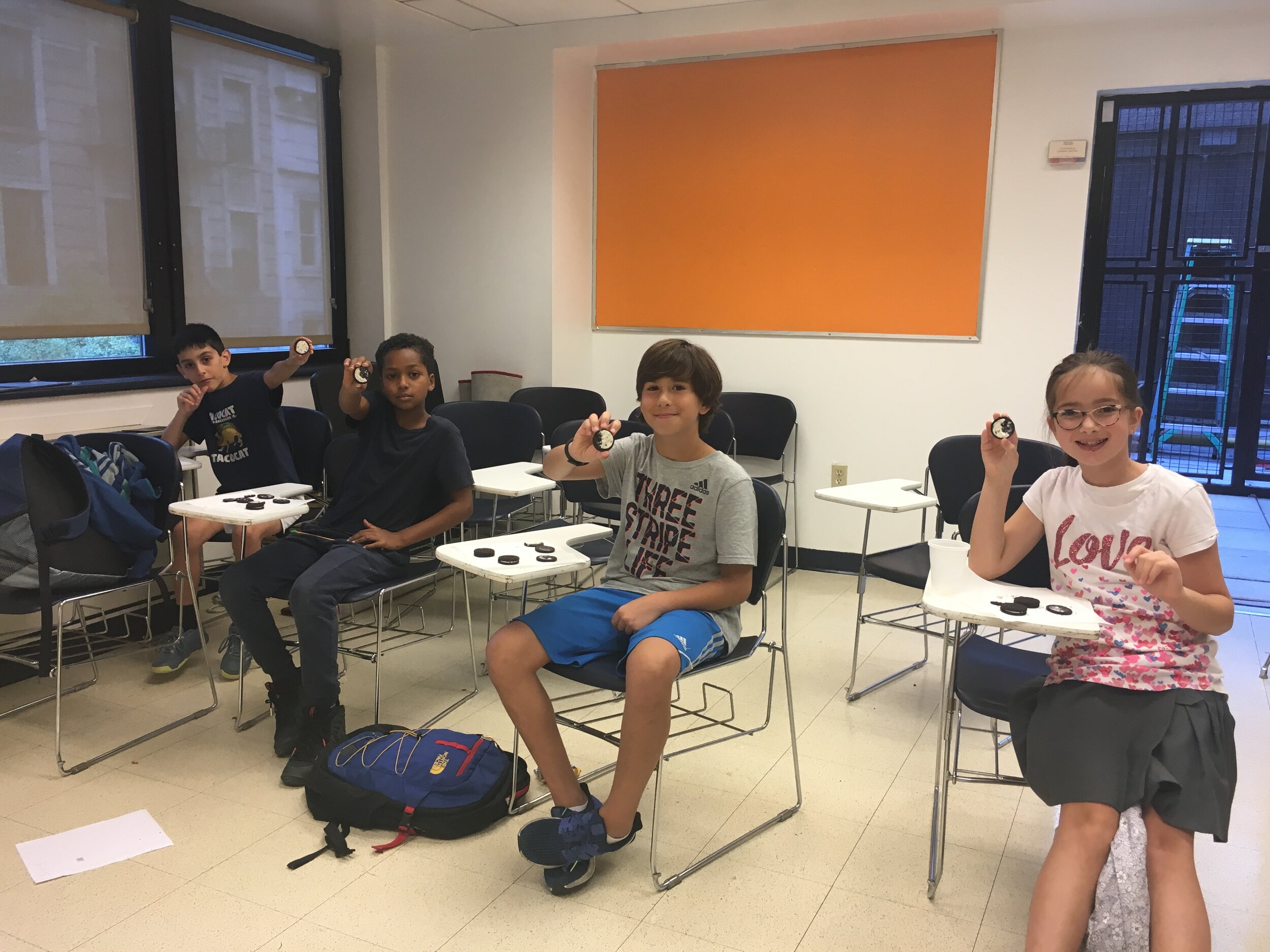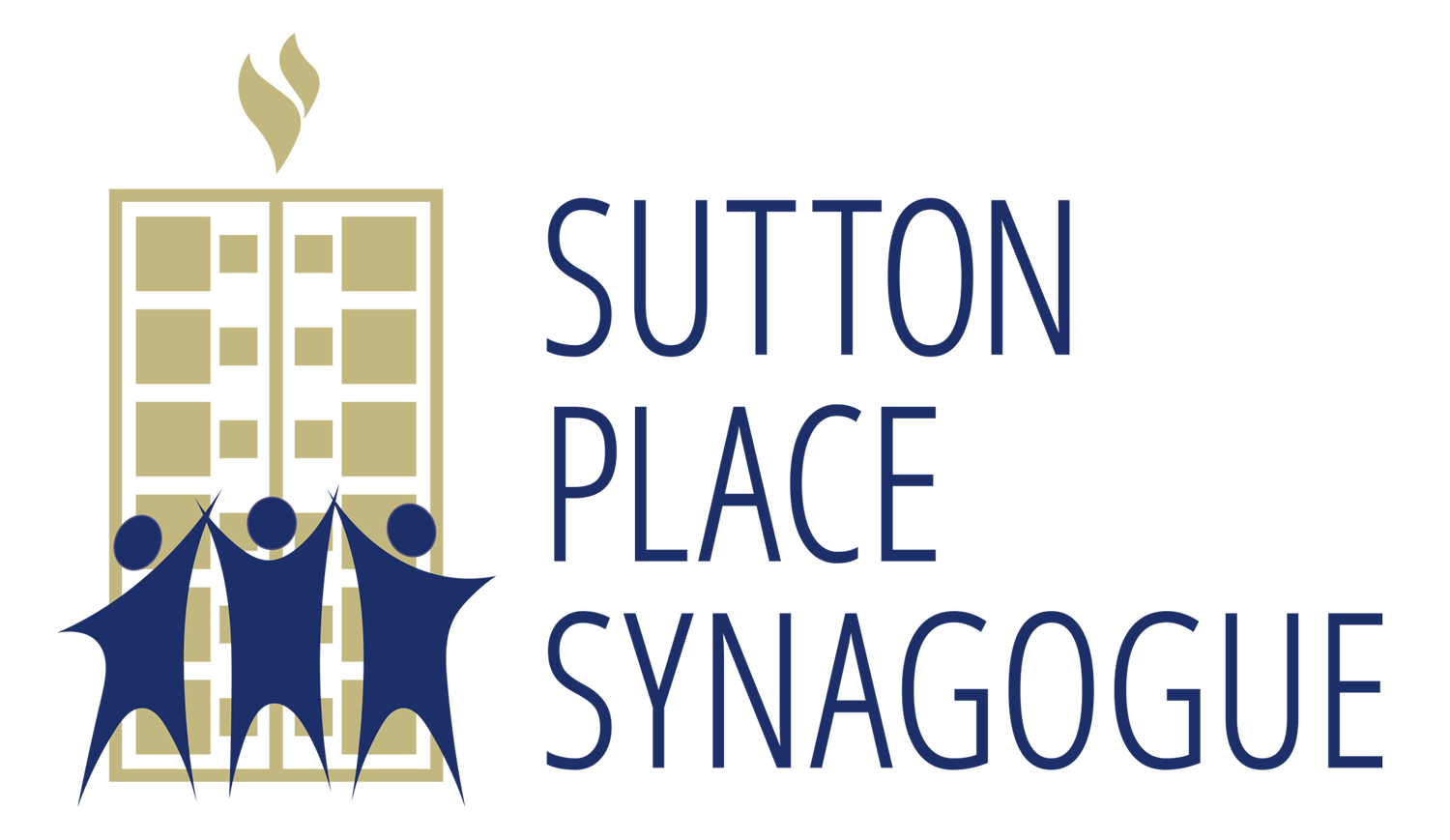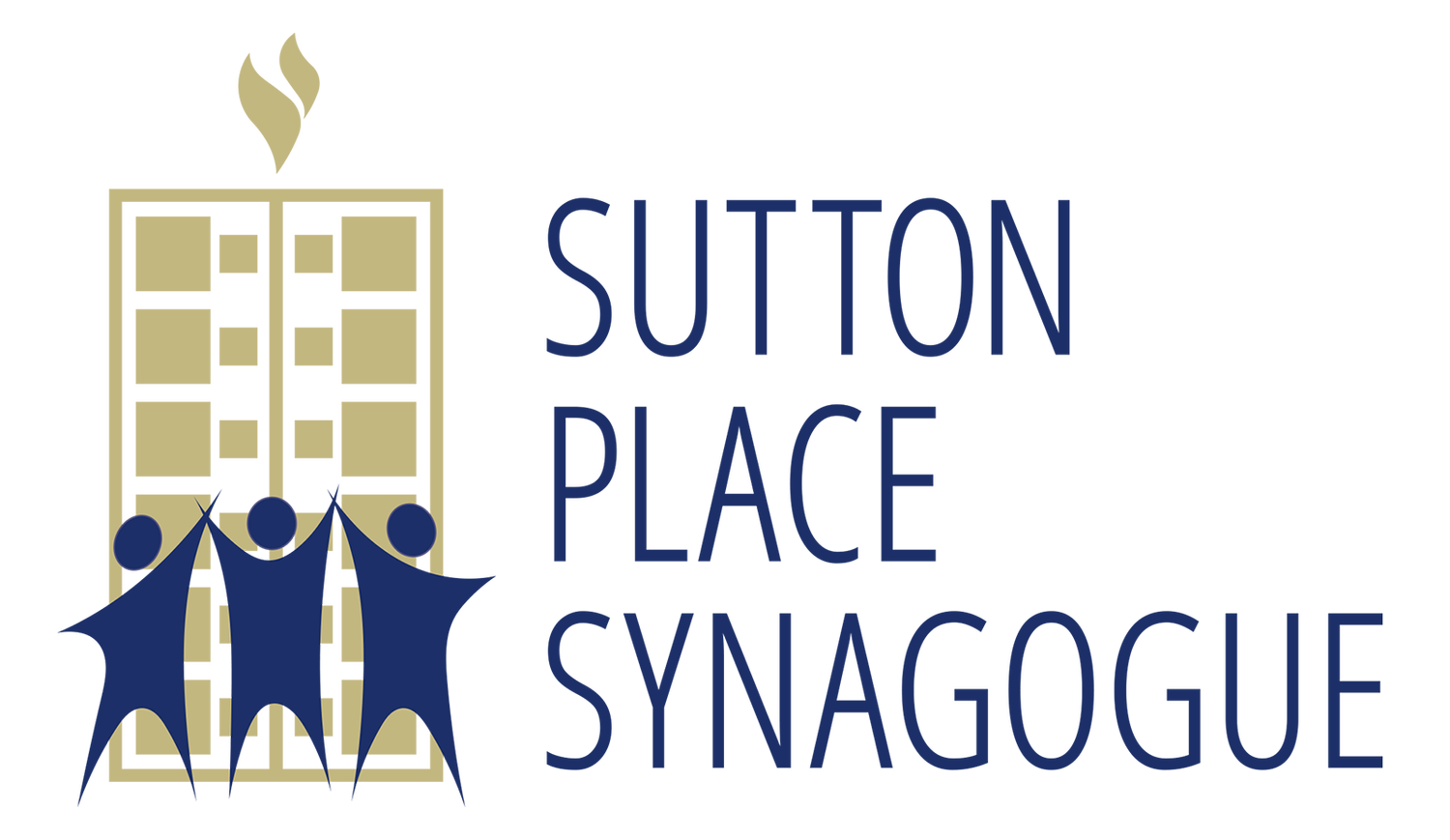
KITAH HEY (5th)
Turn it, turn it, and turn it again: Lifecycles, agricultural cycles, and cycles of history
TOPICS:
Torah stories (Leviticus and Numbers), holidays, Hebrew reading, Tefillah, lifecycles, American Jewish History, Israel
SCHEDULE:
Wednesdays: 4-6 PM
Mondays: 4-6 PM OR Saturdays: 9-10:30 AM OR Private Tutoring
BIG IDEAS:
As an agrarian-based nation, Jews have been closely linked to natural cycles throughout our existence, including our holidays, Torah, and agriculture.
Judaism has meaningful rituals, expectations, customs and ceremonies for every stage of life. We share our personal lifecycle events with our friends, family, and community.
Judaism teaches us how to live our lives as we believe God wants us to.
While trends in American Jewish history continue, our stories are as diverse as we are.
We have been struggling with the Middle Eastern deserts since Biblical times; Medinat Yisrael (The State of Israel) has found ways to use the desert for progress and development.
Reading Hebrew allows us to participate in synagogues and be part of the Jewish community all over the world.
Praying in community is an important way Jews connect to God.
ESSENTIAL QUESTIONS:
How do we think God wants us to act?
How has Jewish life changed throughout American history? How does this link to trends in global Jewish history? What historical trends got us to where we are today?
How can we relate in our time to the agrarian society from which we came? How do our holidays, celebrations, and life cycles connect us to our history?
What does Judaism say to us about our current life stage?
What is our connection to the desert? How has it influenced us, both in the Biblical past and in Medinat Yisrael?
How do I best communicate with God?
OBJECTIVES:
Students will learn how to…
Ask thoughtful questions about Torah stories and characters, including exploring the idea of “holiness.”
Make connections between Torah, holidays, history, lifecycle events, and Israel.
Make personal connections between their lives and Torah, holidays, history, lifecycle events, and Israel.
Read Hebrew to follow along in the siddur (prayer book).
Students will understand that…
The remaining major stories of Sefer Vayikra (Leviticus) and selections from Sefer BaMidbar (Numbers)—including the characters, basic plots, connection to Israel, life lessons, and mitzvot that we can apply to our own lives.
The sources (Torah or agricultural), stories, customs, and traditions associated with six Jewish holidays.
The Biblical and religious connections to both Eretz Yisrael (biblical land) and Medinat Yisrael (modern State of Israel), emphasizing life in the desert and modern innovations.
That Judaism grows and changes with us as we grow and pass through different life stages. These transitions are marked by lifecycle events—including ceremonies, expectations, and growth.
That praying together, in Hebrew, is one way we communicate with God.
Students will believe that…
We read the Torah every year because we can always learn new ideas or be reminded of old ones.
The characters and stories in the Torah show us how we should (and shouldn’t) live our lives.
Jewish holidays are personally meaningful to us because…
We have ancient, Biblical connections to Eretz Yisrael, and we are part of the chain connecting Israel and Torah.
Our shared and diverse pasts add to the beautiful tapestry of American Jewish peoplehood.
They can have a connection with God.

For more information about JRS programming, please contact Seth Golob, Director of Jackson Religious School and Family Engagement, at (212) 593-3300, or at sgolob@spsnyc.org.





